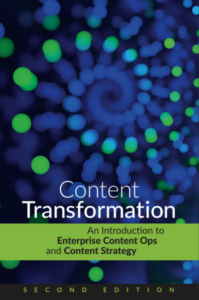Making a commitment to accessibility
Are you delivering accessible content?
Over the weekend, I ran across a not-so-delightful article about a copyright treaty that might help with accessibility:
For the last several years, negotiators at the World Intellectual Property Organization have been working on a copyright treaty that would make it easier for blind people to get accessible versions of books, like well-annotated audio books or large-print editions. But aggressive lobbying by the Motion Picture Association of America (MPAA), the Association of American Publishers (AAP), and other US copyright interests threatens to derail the negotiations, according to several advocates for the blind who spoke to Ars.
For most technical content, the copyright issue is secondary. Instead, content is inaccessible simply because the content creators (that’s us!) have not made the effort.
For example, Scriptorium webcasts are currently delivered on Slideshare. We upload the audio file and sync it with the slides to produce a “slidecast” with video and audio. However, there is currently no text version, caption, or transcript, although many of our webcasts do have companion blog posts or white papers. We are still trying to figure out the best solution. (Any ideas out there? The best suggestion so far appears to be to post the video on YouTube, which will automatically caption it.)
As professional communicators, you and I have an obligation to deliver content that our readers can use. Building in accessibility is not particularly difficult for most documents.
We routinely tailor content to our audience; for example, by writing at a sixth-grade level, without any prompting from management. We should do the same for accessibility.


